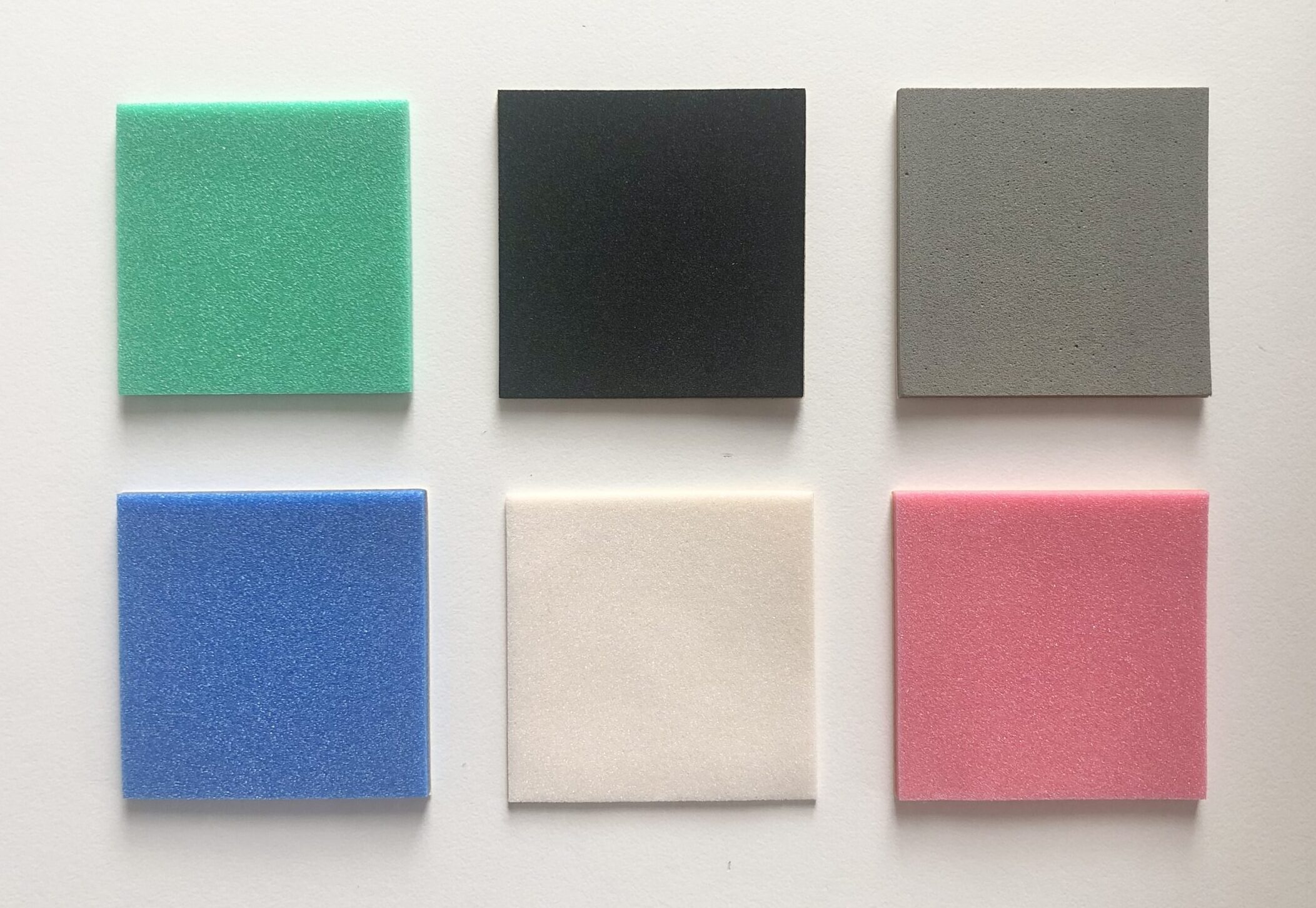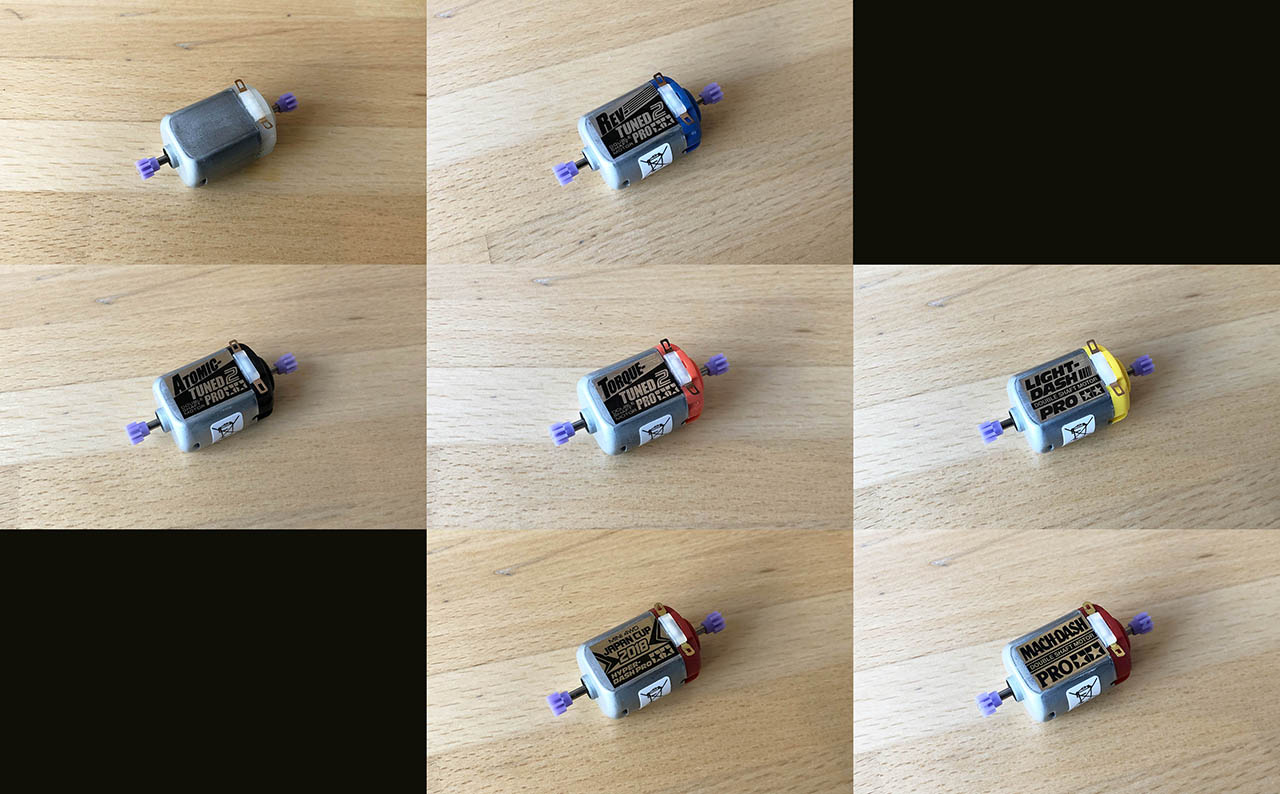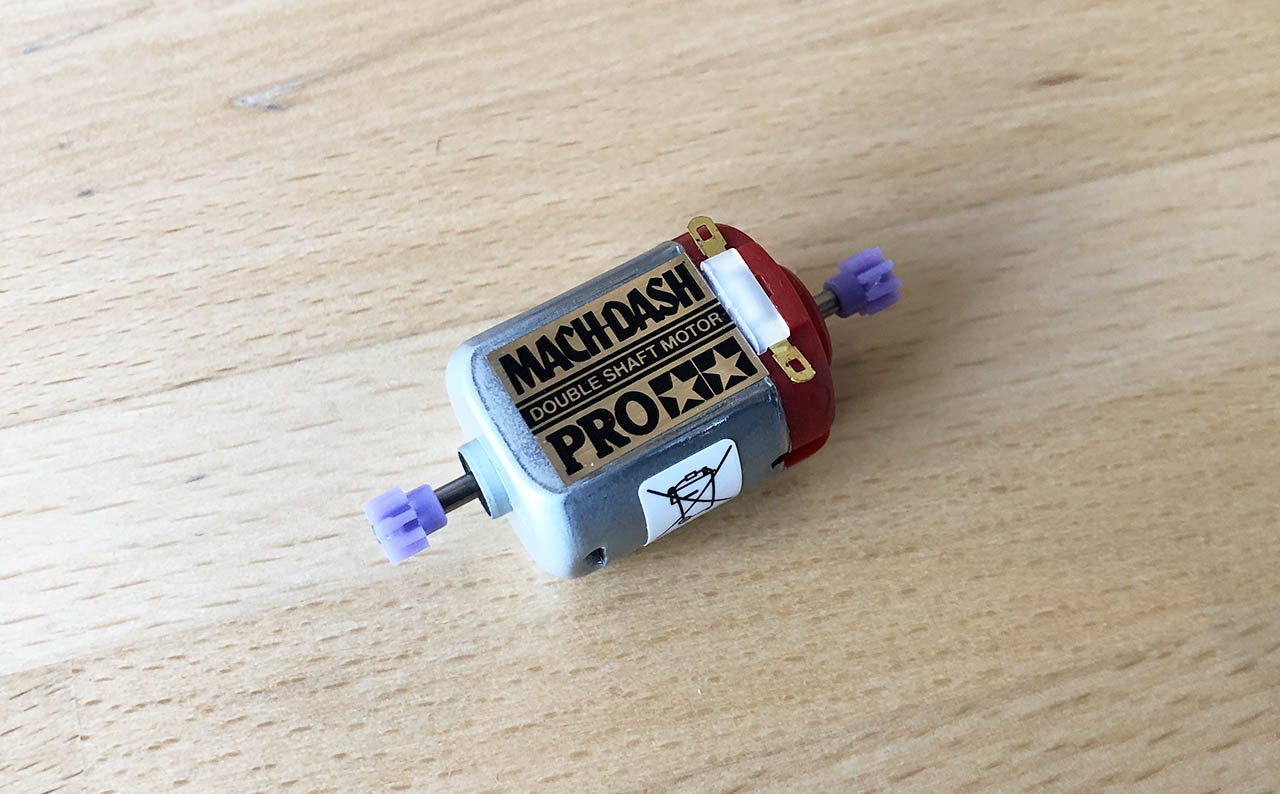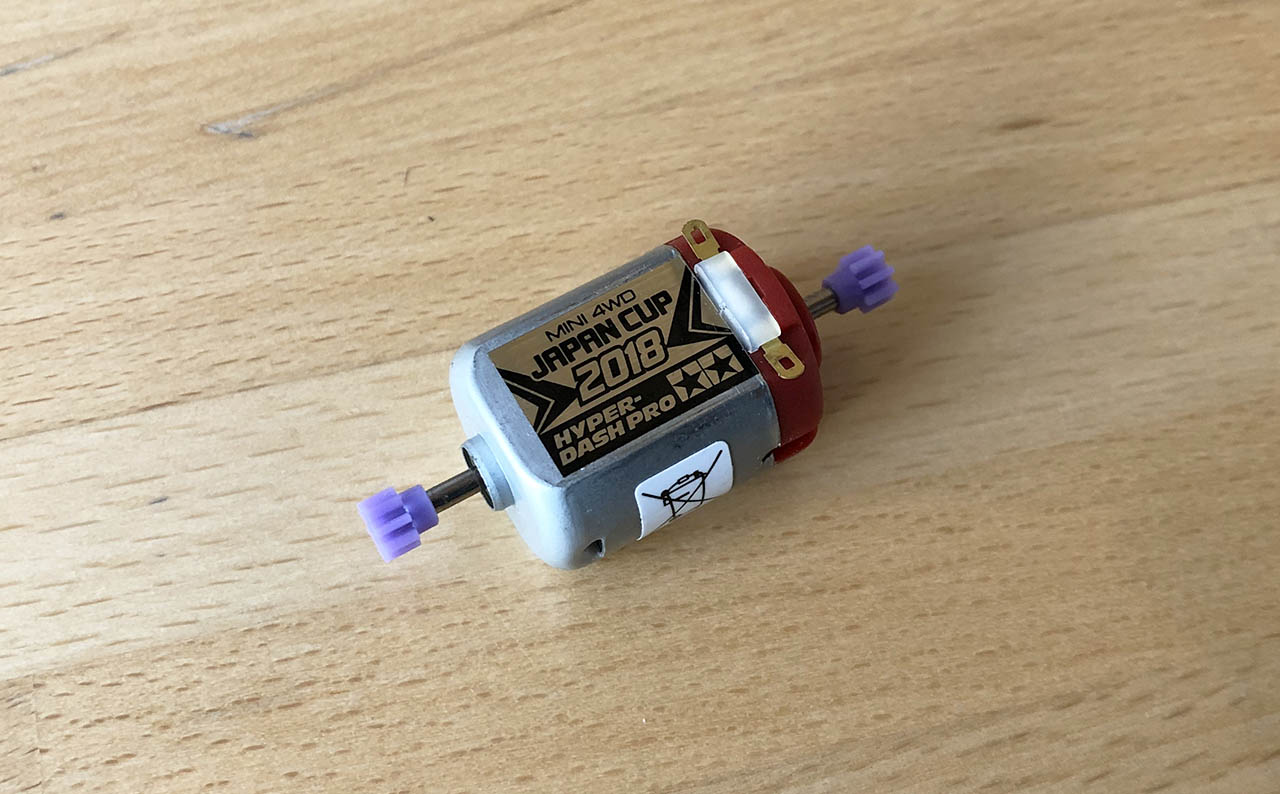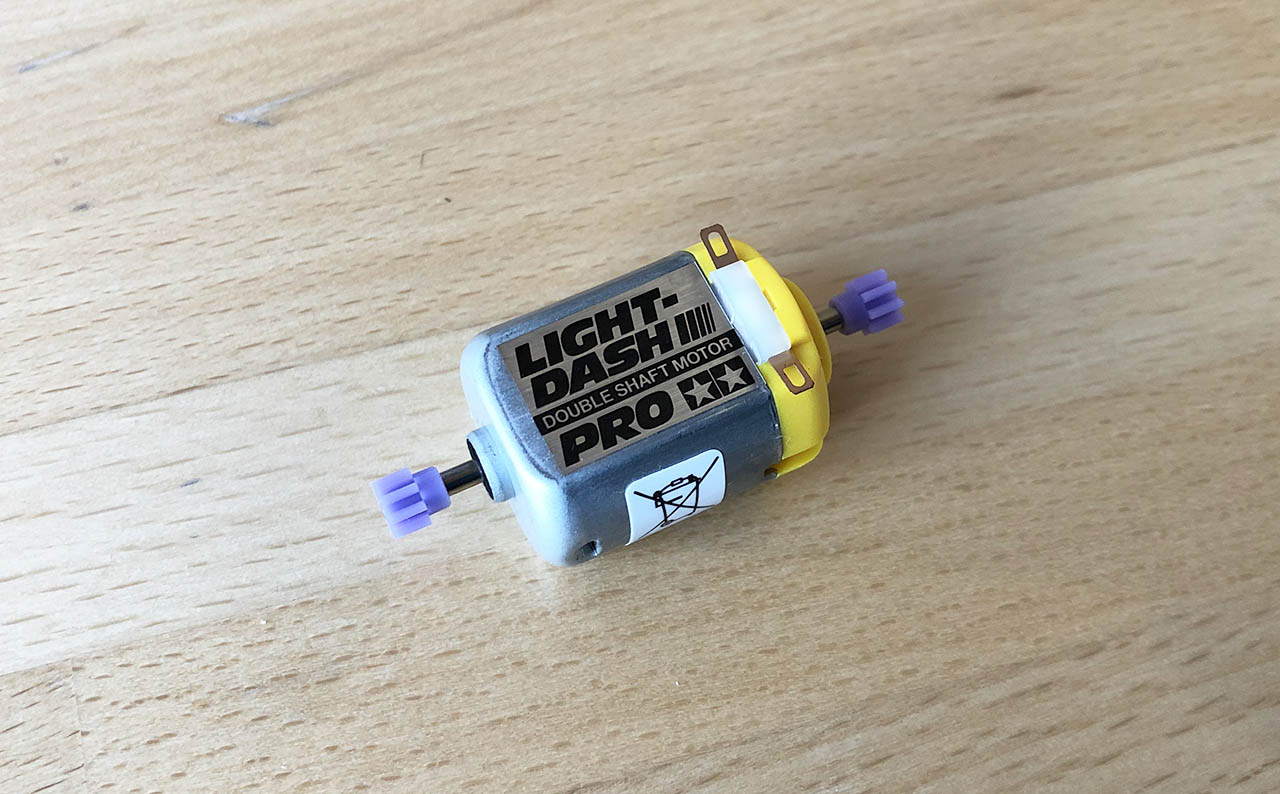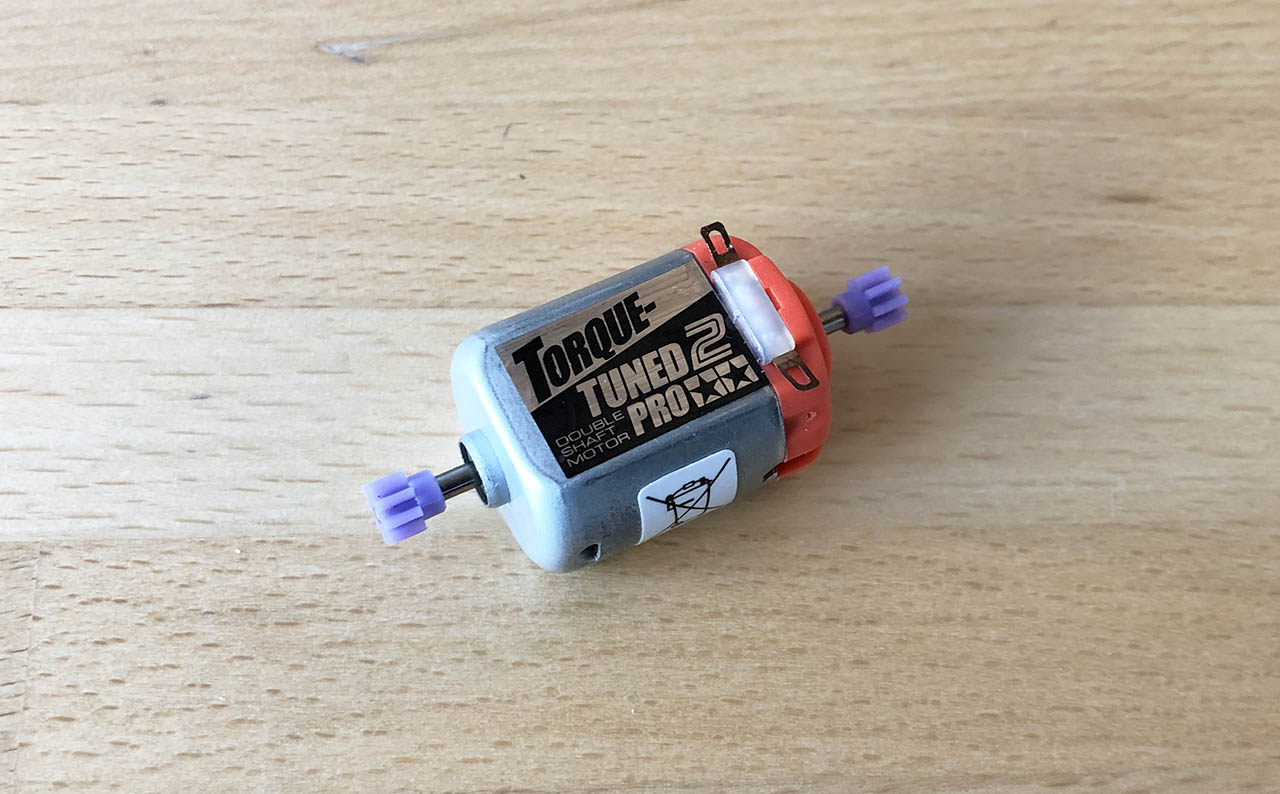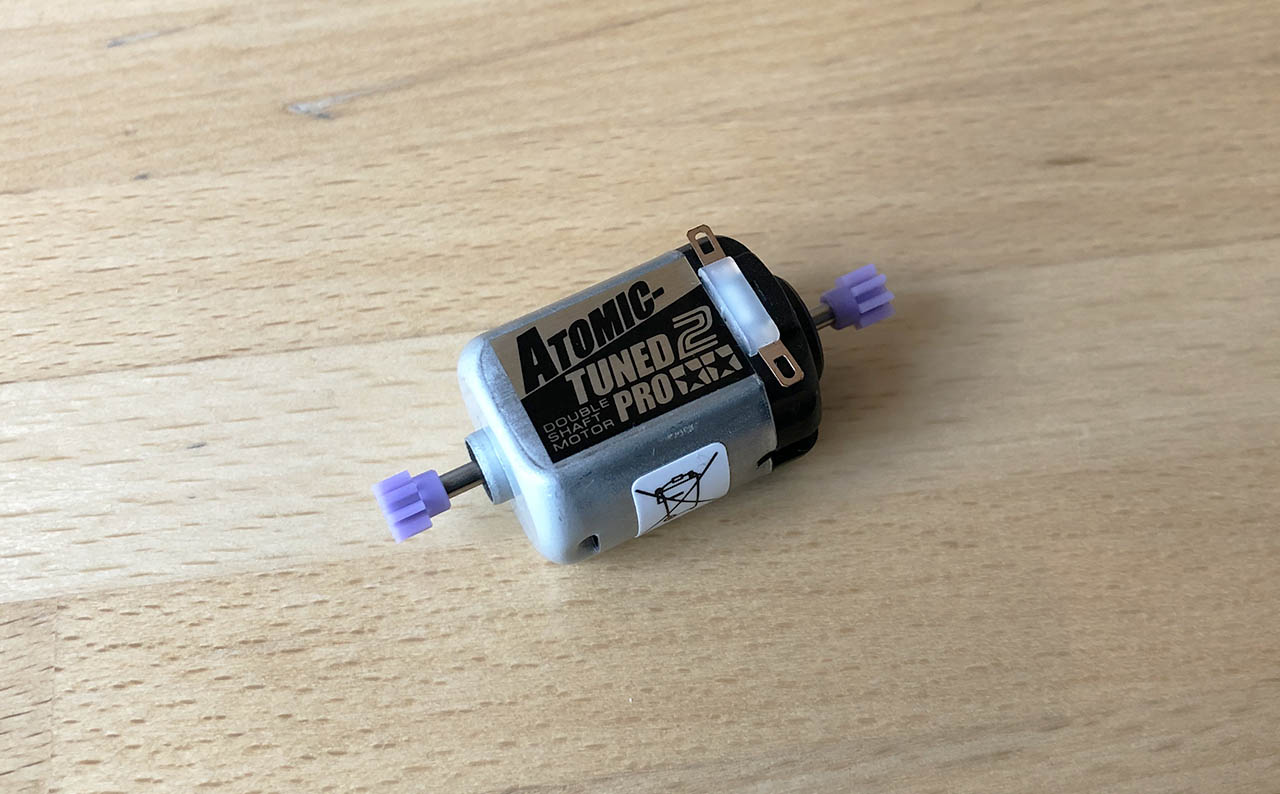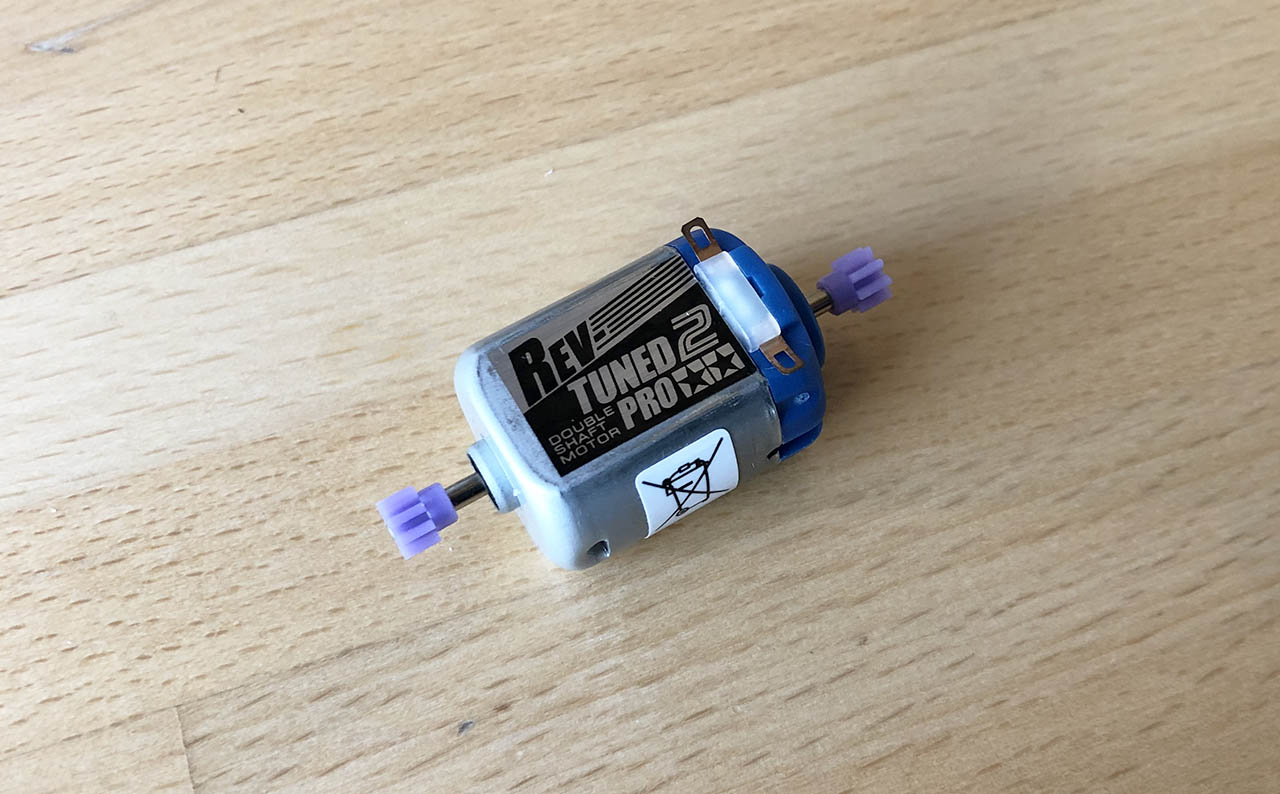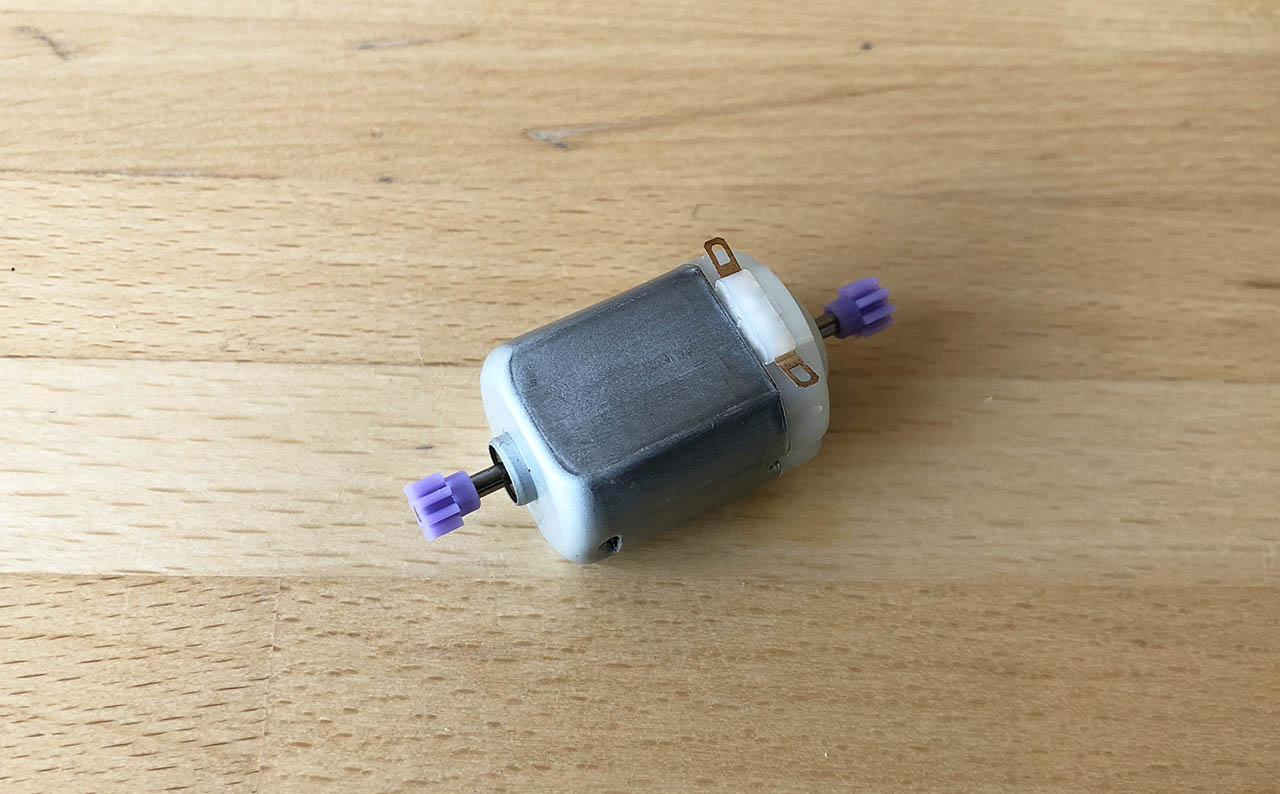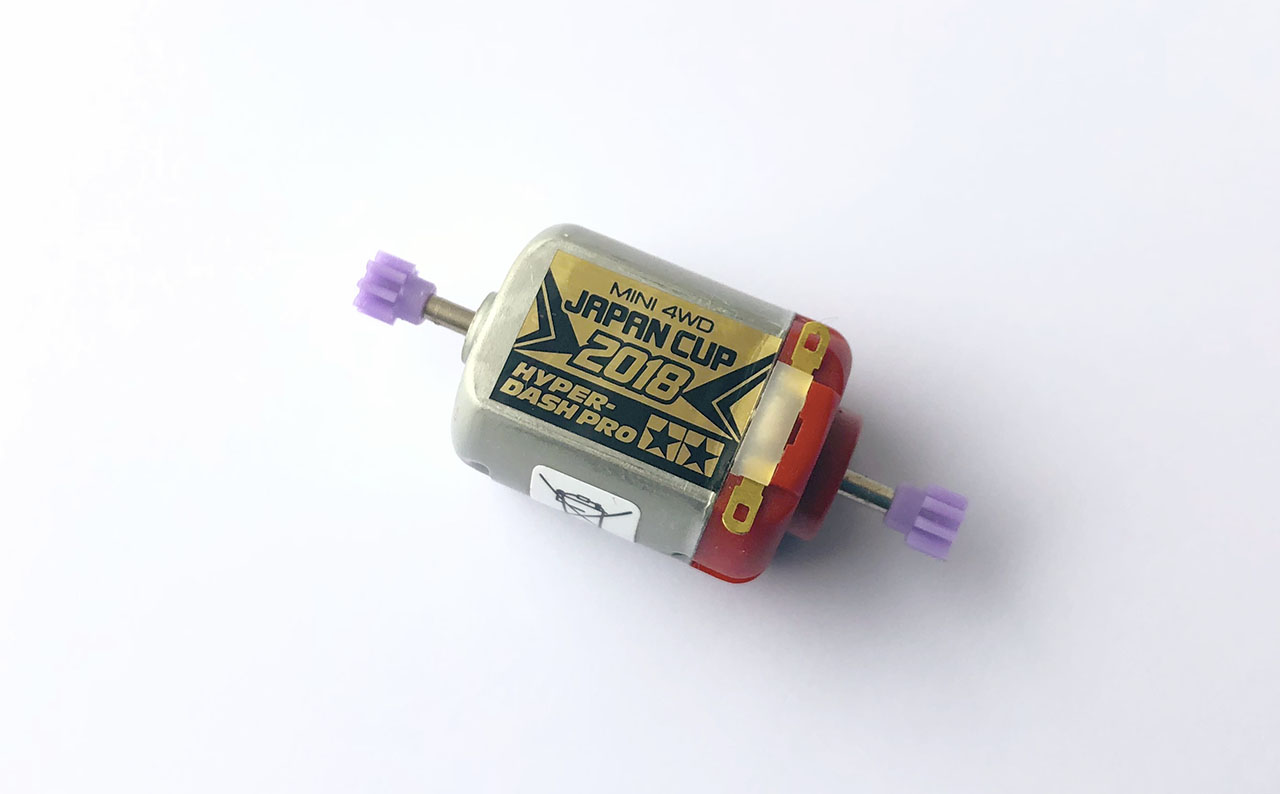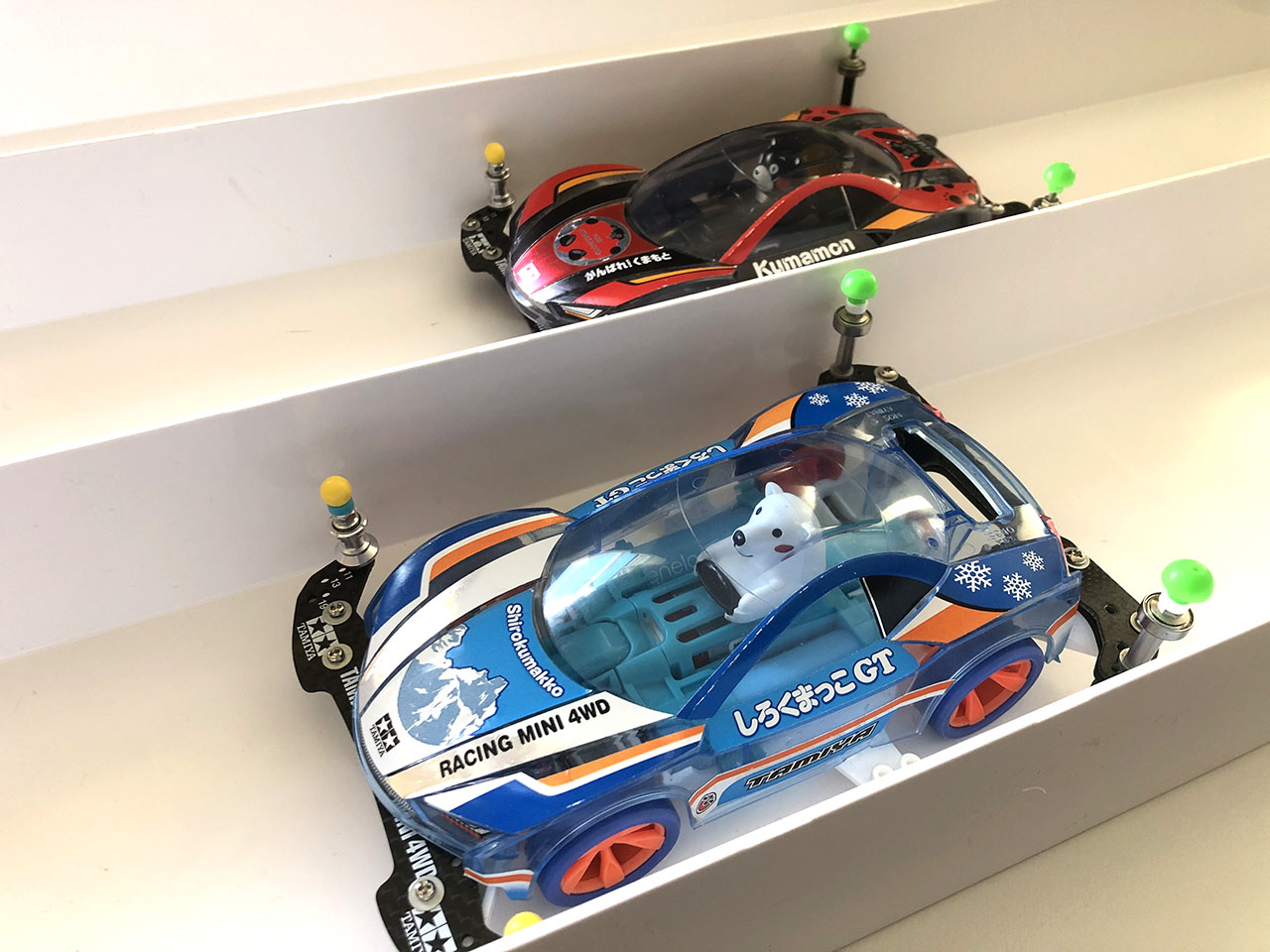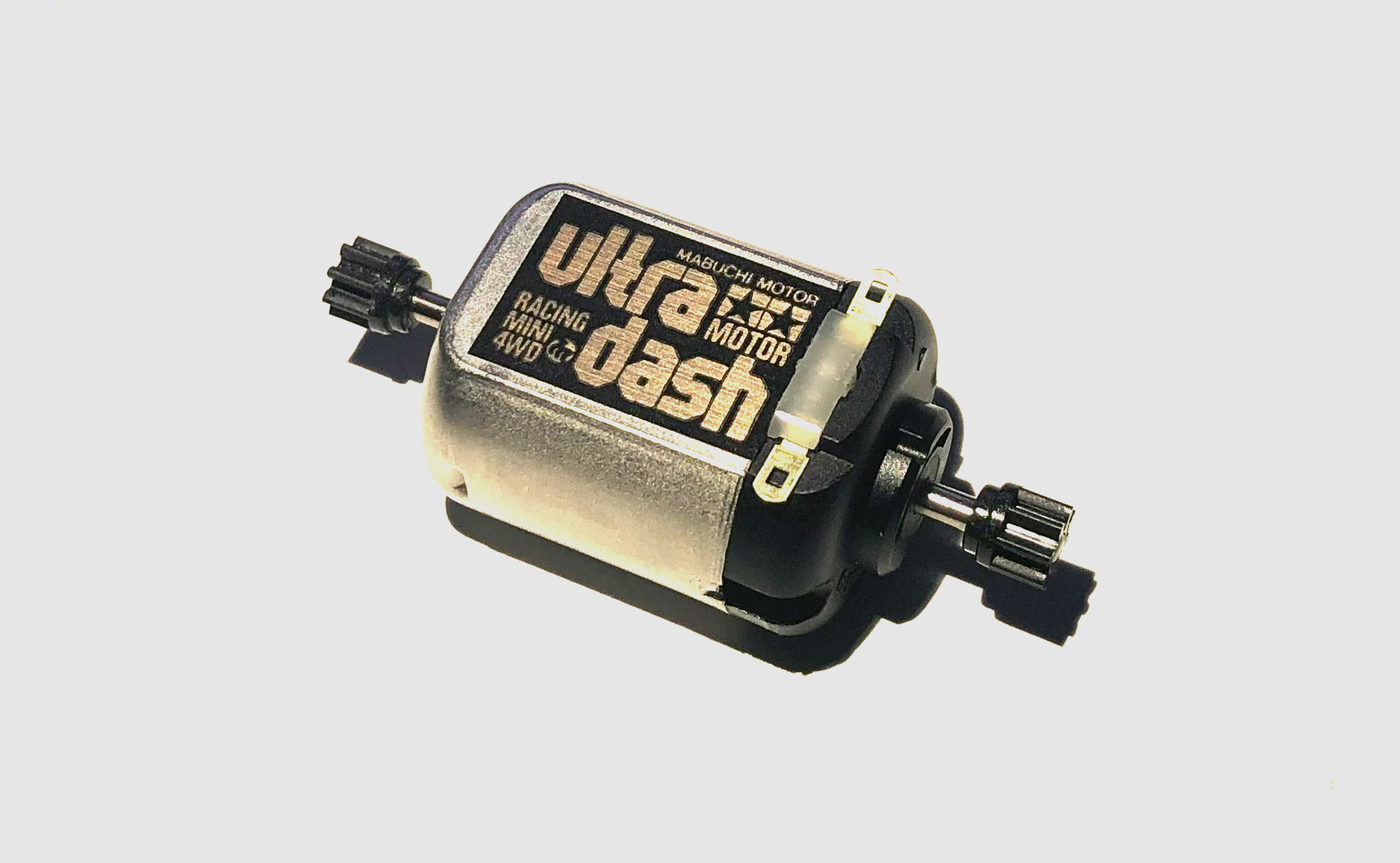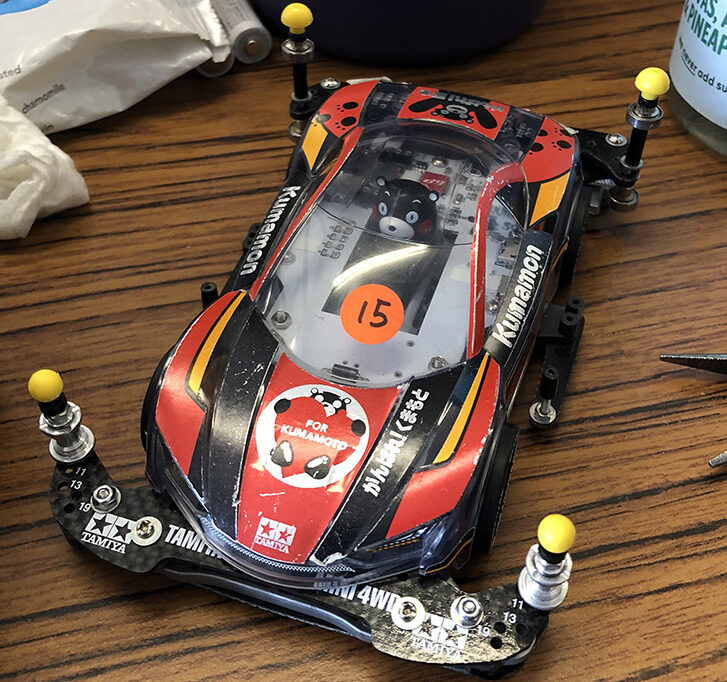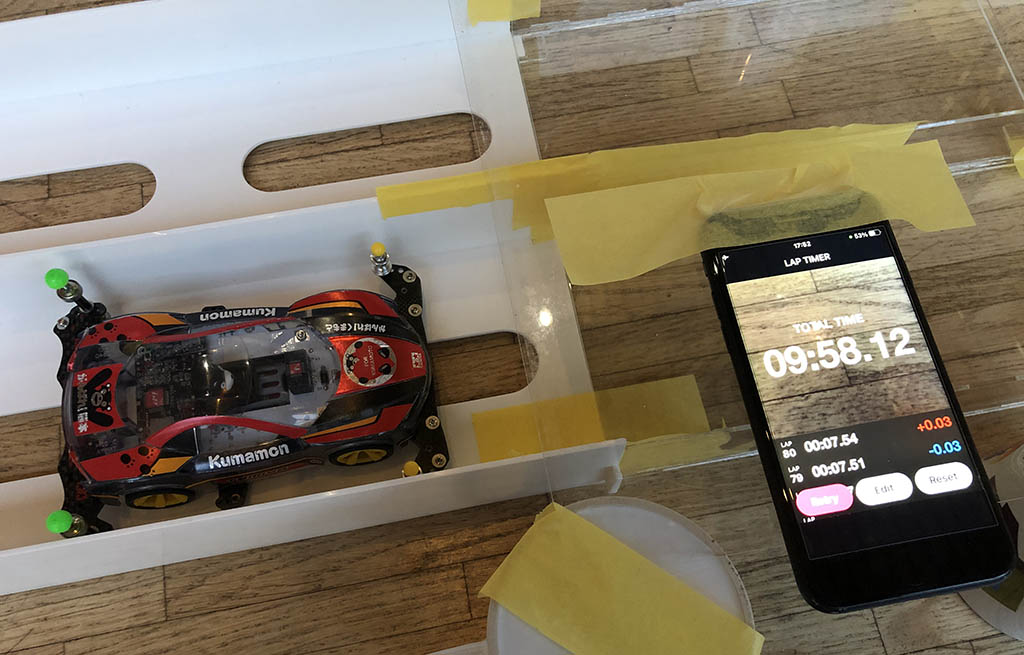Gear Ratio is simply the number of teeth on the driver gear (the pinion gear) compared with the number of teeth on the driven gear.
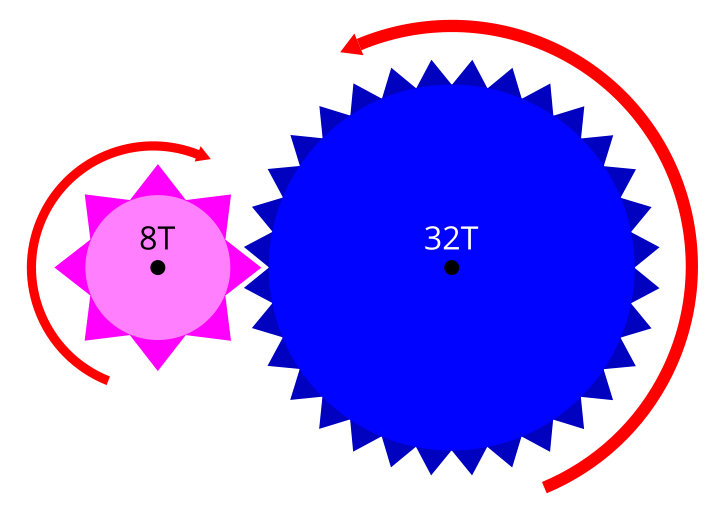
For example
Example (A)
If the driver gear has 8 teeth and the driven gear has 32 teeth. In order to turn the driven gear to a full rotation, the driver gear has to turn 4 times. So it seems like more work for the driver gear. But what it lost in “rotations” gives it a gain in torque. Assuming the system is 100% efficient, the torque on the driven gear is 4 times that of the driver gear. This is called Mechanical Advantage (MA).
Example (B)
The opposite is true. For example, if the driver gear has 32 teeth and the driven gear has 8 teeth. It means one full rotation of the driver gear will turn the driven gear 4 times. So a lost in torque but a gain in “rotations”. Assuming the system is 100% efficient, the torque on the driven gear is 1/4 of the driver gear.
Gear Ratio calculation
The Velocity Ratio (or ‘Gear Ratio’) of a pair of meshing gears is given as the Number of Teeth of the Driver Gear divided by the Number of Teeth of the Driven Gear.
So the gear ratio of Example A is 8 / 32 = 1/4 or 4:1.
The gear ratio of Example B is 32 / 8 = 4 or 1:4
Torque Ratio
The Mechanical Advantage (or ‘Torque Ratio’) similarly is given as No. of Teeth on Driven divided by No. of Teeth on Driver.
So the gear ratio of Example A is 32 / 8 = 4
Example B is 8/32 = 1 /4
Opposite direction
A gear will always rotate in an opposite direction to the gear it meshes with. Interestingly when we look at the gear set for the non-PRO version of Tamiya Mini 4WD. The counter gears makes it possible for the wheels to rotate in the same direction as the motor.
Double reduction gears
The gears we see on the Mini 4WD are double reduction gears. A double reduction gear comprises two pairs of gears, as single reductions, in series.
Let’s take a look at the gears for the Tamiya Mini 4WD PRO series from the Tamiya website. There are 3 sets of gear ratios: 3.5:1, 3.7:1 and 4:1. Please note the G number does not mean the teeth count of the gear. It is just a model number.
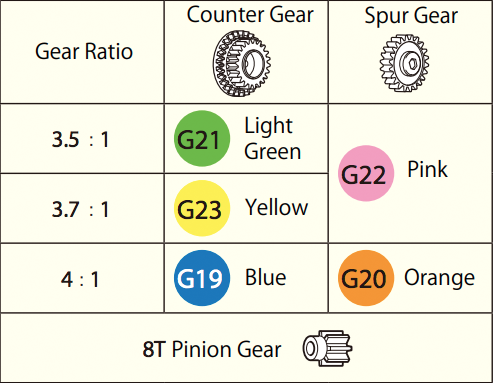
Let’s check the number of teeth on the gears and calculate the gear ratios
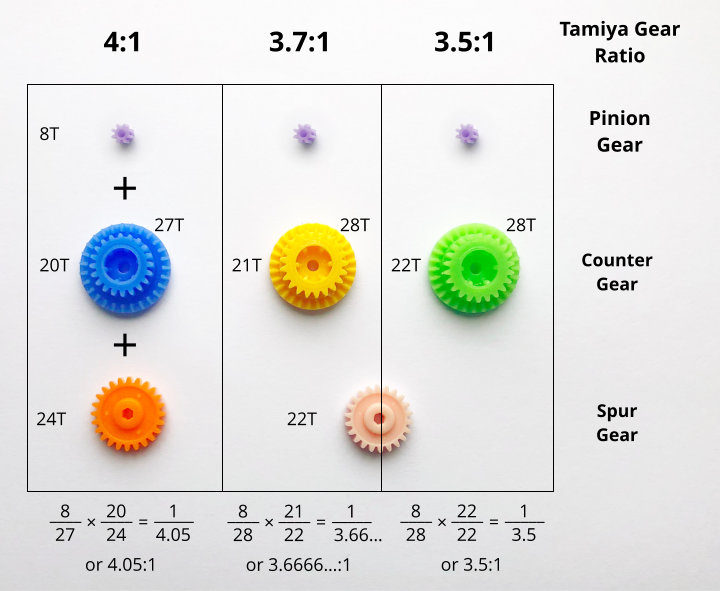
Green and pink (3.5:1): Let’s examine the very popular 3.5:1 gear set. In this case, the purple gear (pinion gear) and the green outer gear (counter gear) give the first stage of reduction and the green inner gear (counter gear) and the pink gear (spur gear) give the second stage of reduction. The total reduction is the product of the first stage of reduction and the second stage of reduction.
Calculation: 8 ÷ 28 × 22 ÷ 22 = 1 / 3.5 i.e. 3.5:1
Now let’s do the same for the yellow and pink (3.7:1) and blue and orange (4:1) gear sets:
Yellow and pink (3.7:1) calculation: 8 ÷ 28 × 21 ÷ 22 = 1 / 3.66666… i.e. 3.6666:1
Blue and orange (4:1) calculation: 8 ÷ 27 × 20 ÷ 24 = 1 / 4.05… i.e. 4.05:1
Note the yellow and pink gear set is not exactly 3.7:1 but rather 3.66666666:1. It is a rounded figure. Similarly the Blue and orange gear set is not exactly 4:1 but rather 4.05:1.
Let’s put the information in a table:
|
Colour |
Advertised gear ratio |
Actual gear ratio |
|
|
High speed |
Green and pink |
3.5:1 |
3.5:1 |
|
Balance |
Yellow and pink |
3.7:1 |
3.66666:1 |
|
High Torque |
Blue and orange |
4:1 |
4.05:1 |
How do we apply the ratios to the speed and torque of the wheel?
Let’s start by finding out the speed of the motor (in Rotation Per Minute – RPM) and the torque (in Newton Metre – Nm). On the back of the Tamiya Mini 4WD motor packaging, we can find information like this:
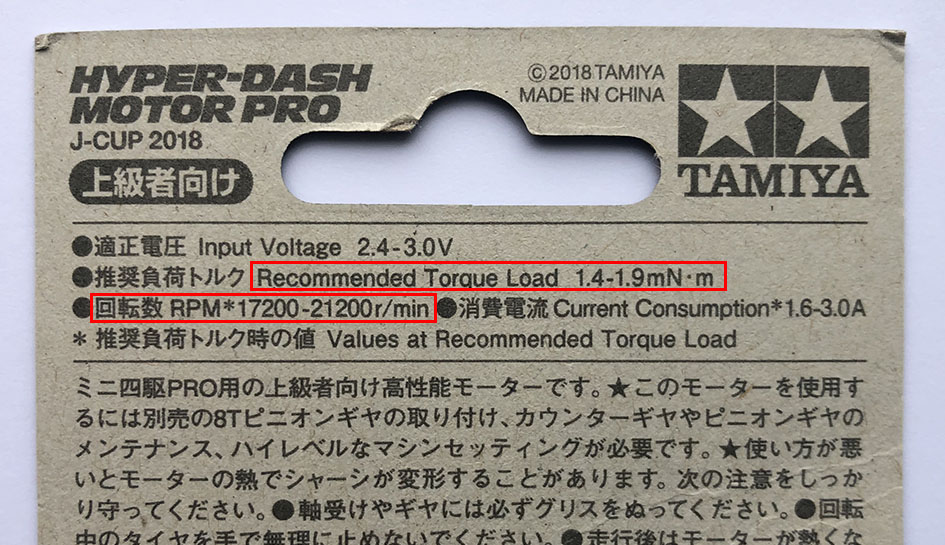
So the rotation speed (RPM) of the Tamiya Hyper Dash PRO motor is around 17,200 to 21,200 and the torque under load is around 1.4 to 1.9mNm. Note the m before Nm means mini which is 1/1000 th. To keep it simple, let’s take the middle number of the range and we get 19,200 RPM and 1.65mNm. Now we will apply the numbers above and see what we get. Assuming the system is 100% efficient.
A) High speed gear set (green and pink) 3.5:1
Wheel rotation speed = motor RPM ÷ gear ratio = 19,200 ÷ 3.5 = ~5486 RPM
Wheels torque = motor torque × gear ratio = 1.65 × 3.5 = ~5.78mNm
B) Balance gear set (yellow and pink) 3.7:1
Wheel rotation speed = motor RPM ÷ gear ratio = 19,200 ÷ 3.666… = ~5236 RPM
Wheels torque = motor torque × gear ratio = 1.65 × 3.666… = 6.05mNm
C) High torque gear set (blue and orange) 4:1
Wheel rotation speed = motor RPM ÷ gear ratio = 19,200 ÷ 4.05 = ~4741 RPM
Wheels torque = motor torque × gear ratio = 1.65 × 4.05 = ~6.68mNm
Note: the wheels torque figure is the combined torque of all four wheels as the torque is split into 4 through the gears and drive train.
Let’s visualise the figures on a bar chart:
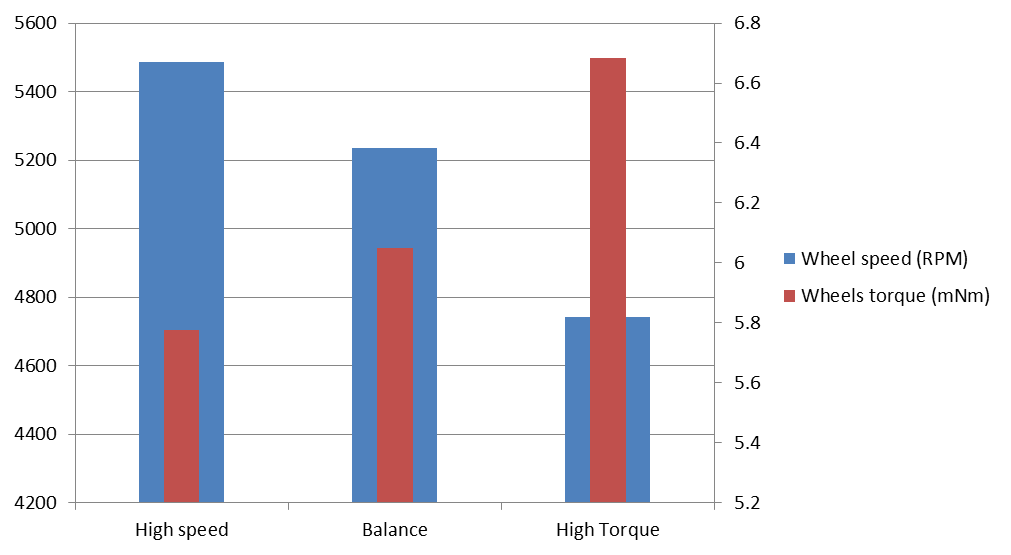
In summary
When matching the gear sets with a motor such as a Tamiya Hyper Dash PRO motor:
- The high speed gear set (green and pink) gives you the highest top speed (~5486 RPM).
- The high torque gear set (blue and orange) gives you the highest acceleration (~6.68mNm).
- Where as the yellow and pink gear set gives you a balance of the two.
Stay tuned for articles such as torque & acceleration and RPM to running speed.
If you would like to find out how gear ratios affect the speed and acceleration of a Mini 4WD with a Tamiya Hyper-Dash PRO motor in a track, please refer to our experiment report here.
Hope you enjoy reading this article and have learnt some science too. Please feel free to leave a comment on our Facebook page @Mini4Science.
Gear sets per chassis type
Here is an extract of the gear sets (from Tamiya website) available for the different Tamiya chassis types:
Rear motor
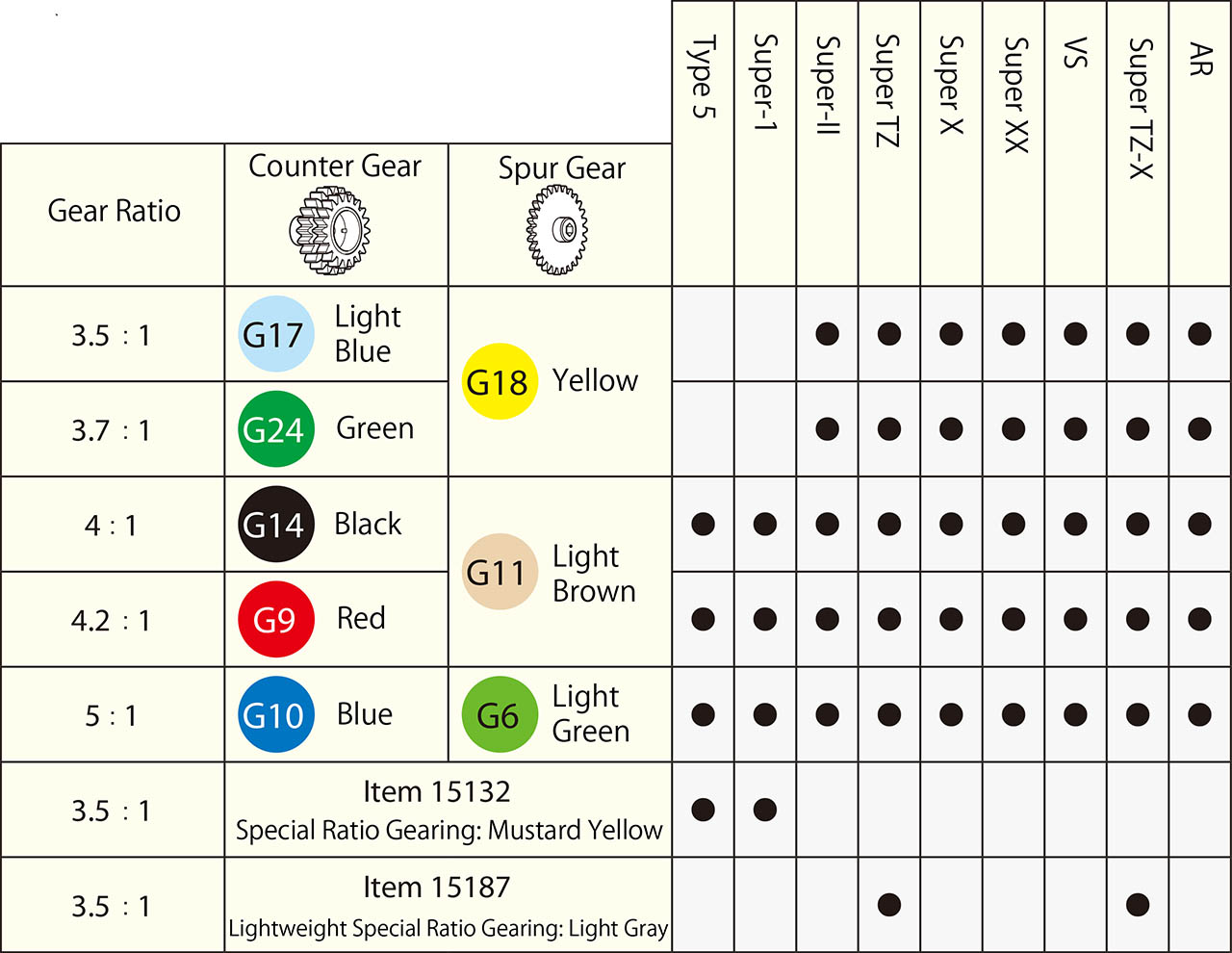
Front motor
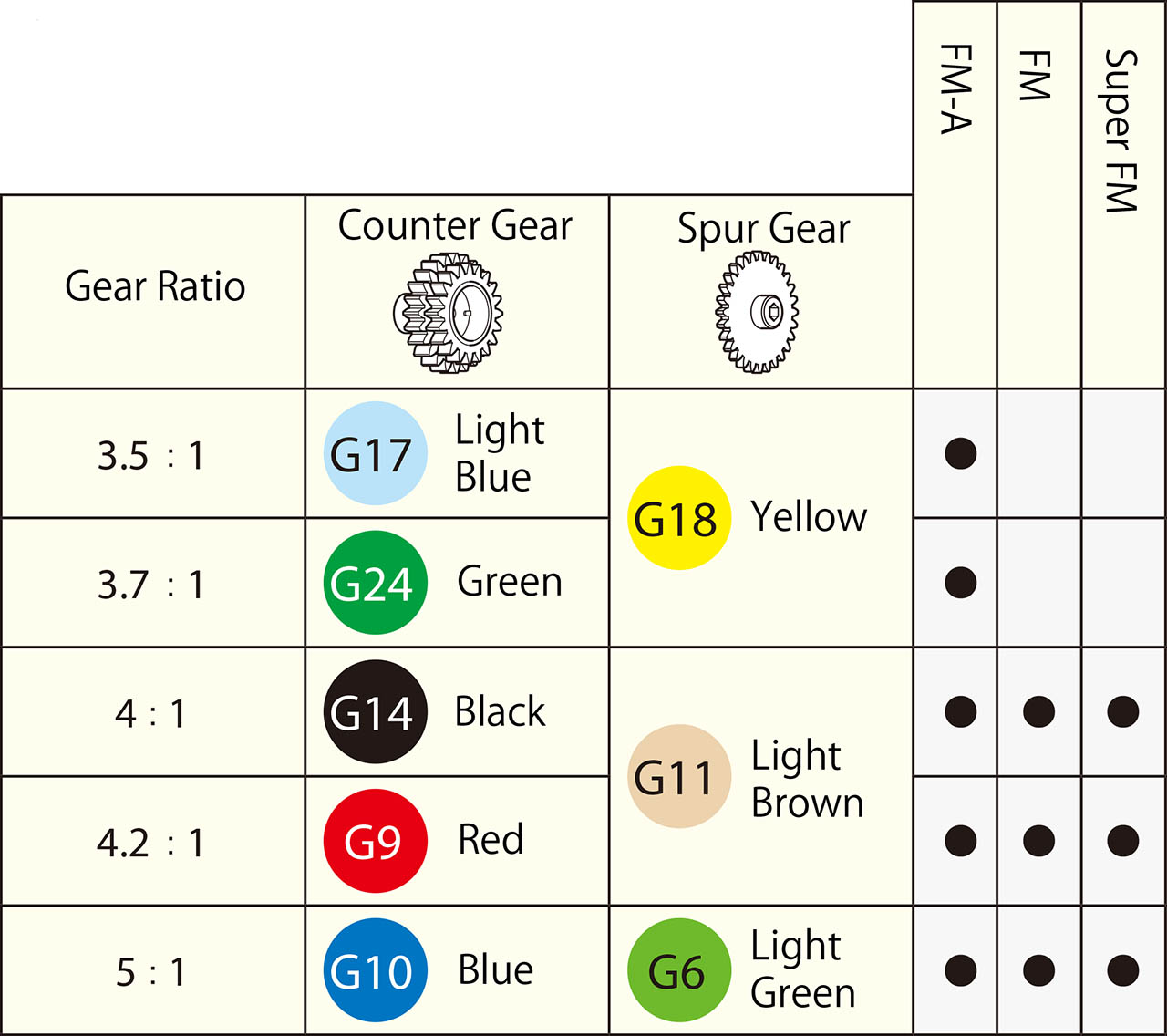
Mid motor
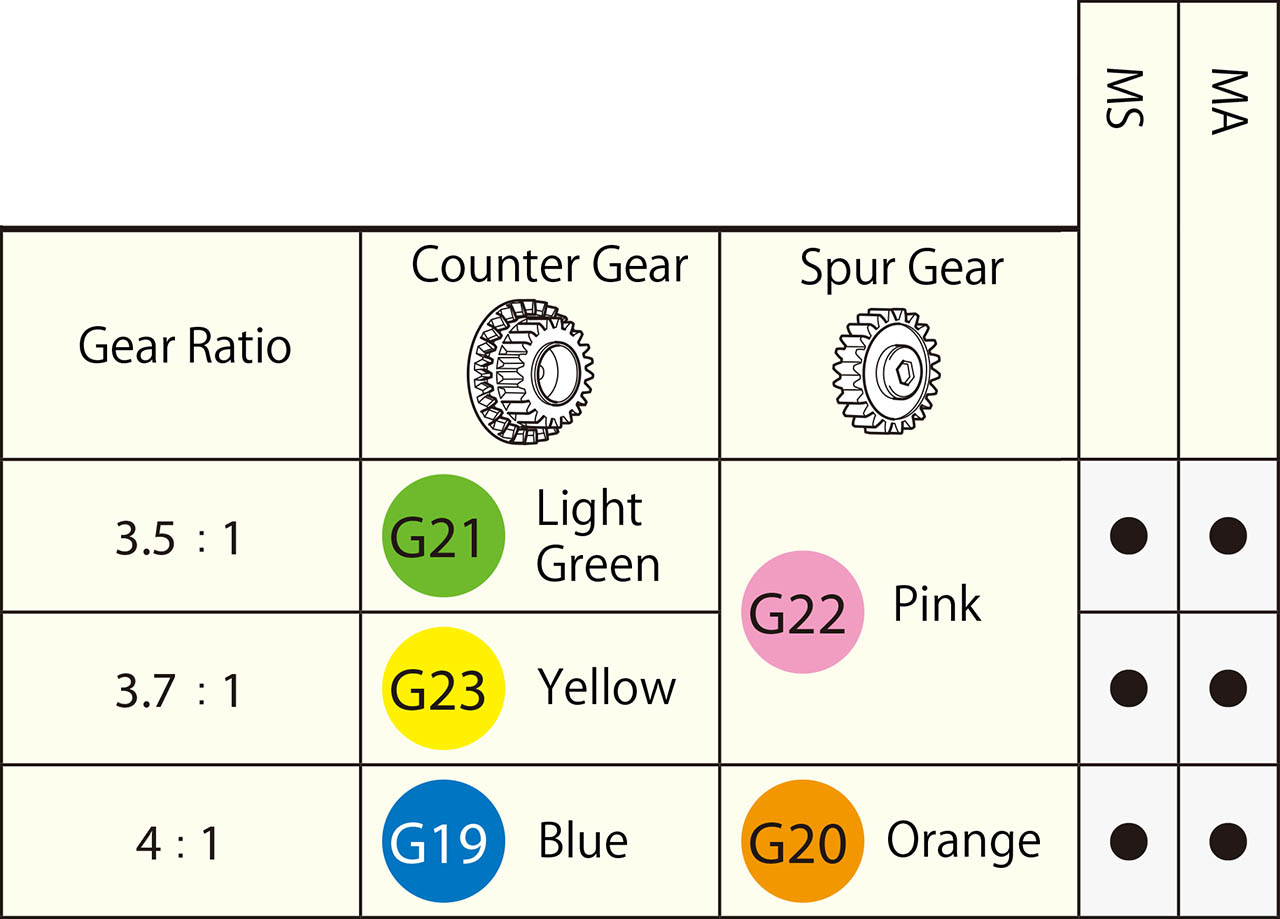
For more gear sets info such as those for the classic chassis types such as Type 3 and Type 4, please refer to the Tamiya website.
Further read
http://wiki.dtonline.org/index.php/Gear_Ratio
http://wiki.dtonline.org/index.php/Mechanical_Advantage

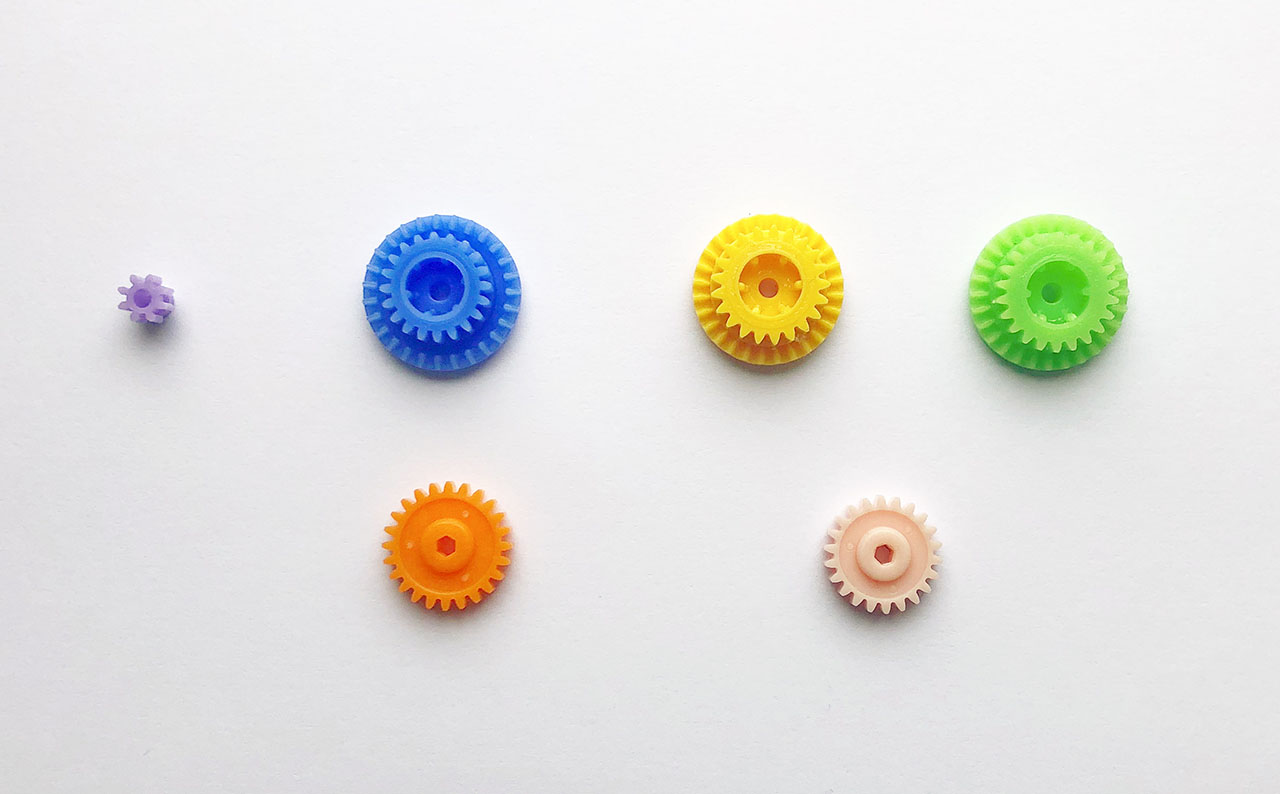
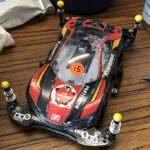
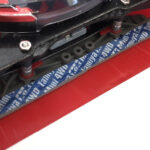
![7 different Tamiya Mini 4WD low profile small diameter tyres [Item no: 95208, 95205,95152, 95281, 95304]](https://mini4science.com/wp-content/uploads/2024/09/IMG_0538_mod2-150x150.jpg)
![8 different Tamiya Mini 4WD metal rollers [Item no: 95612, 15522, 95643, 95497, 15426, 95160, 15345, 15475]](https://mini4science.com/wp-content/uploads/2024/07/IMG_0296-150x150.jpg)
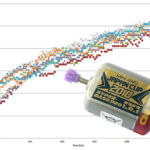
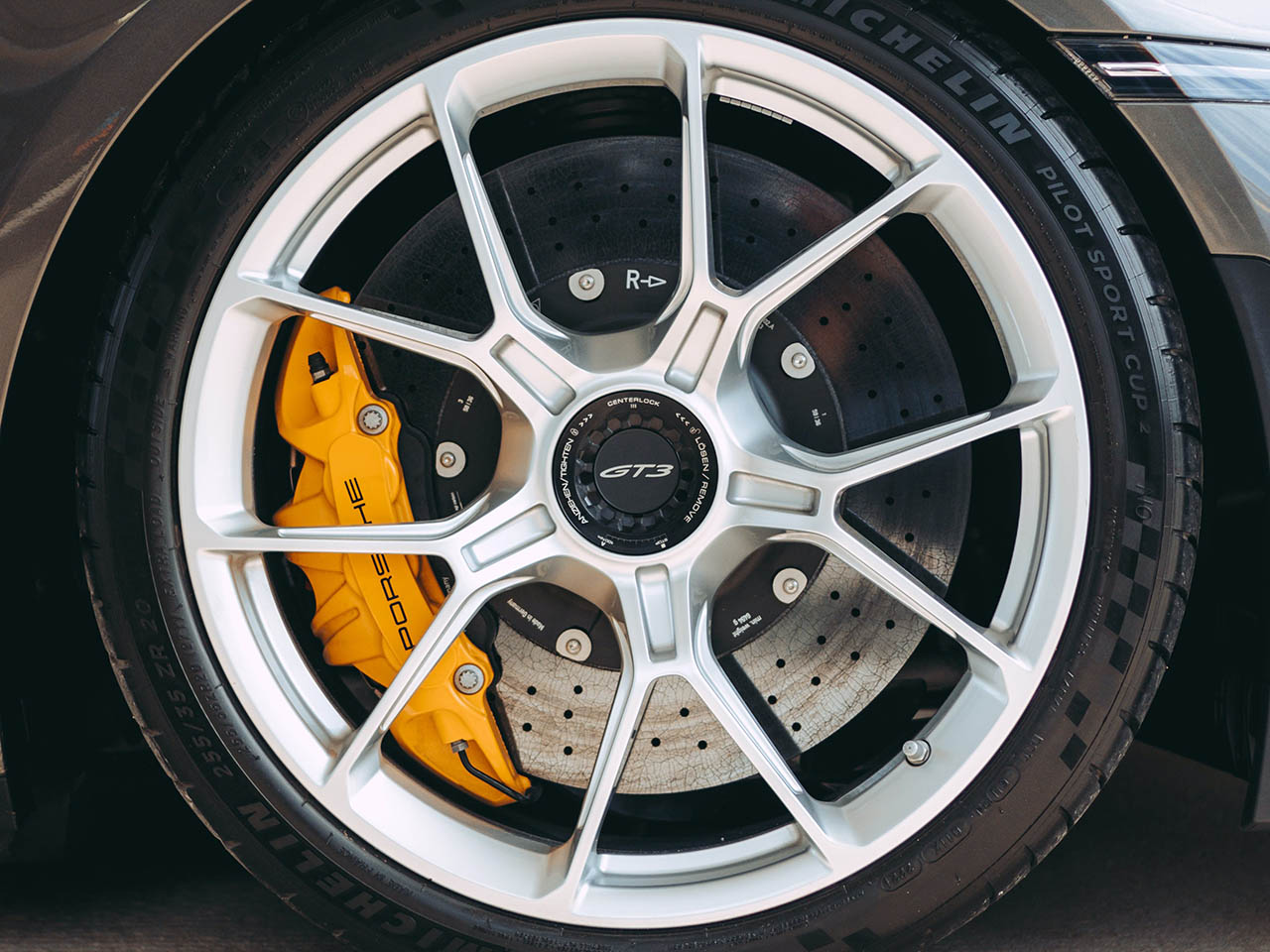


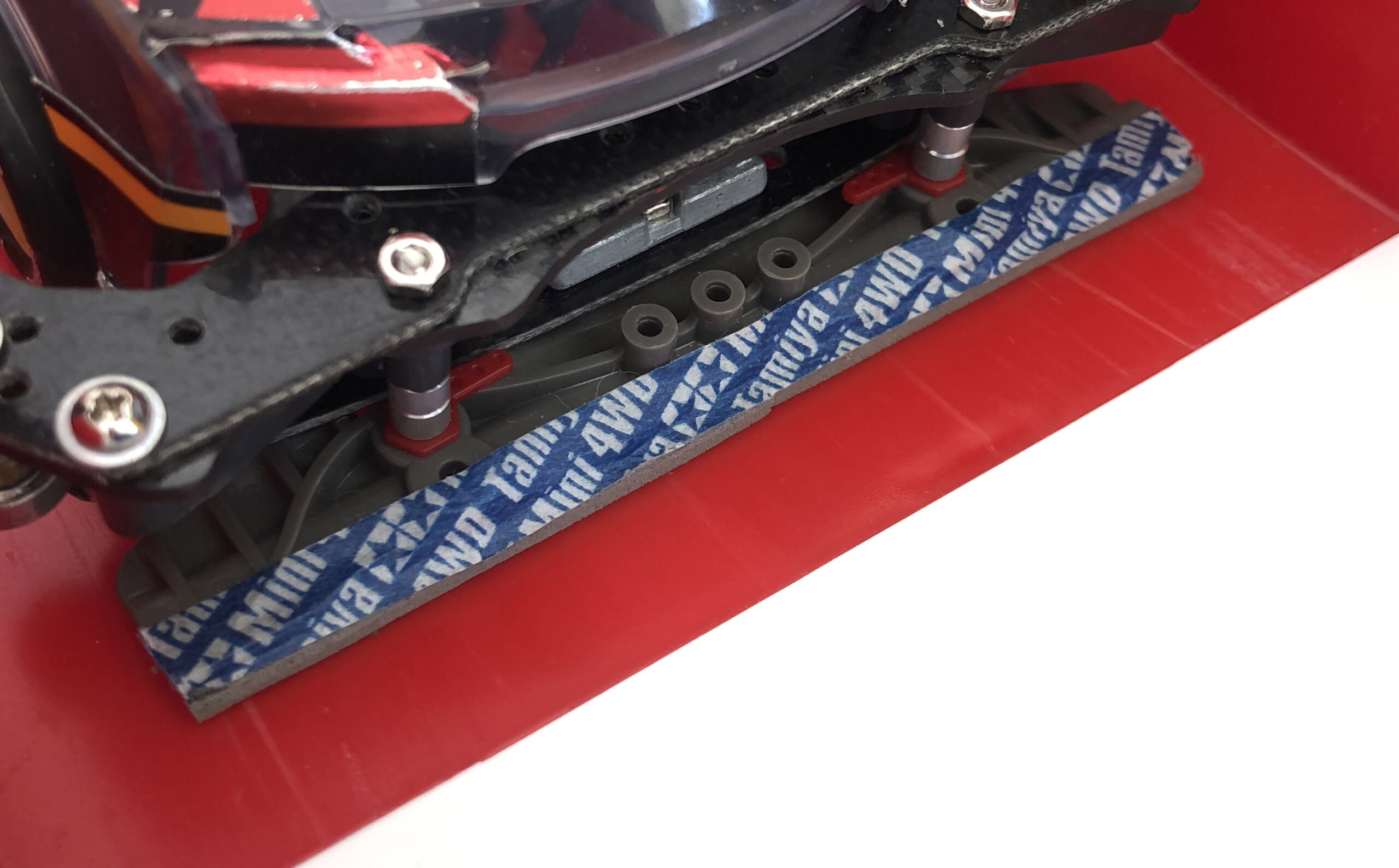
![7 different Tamiya Mini 4WD low profile small diameter tyres [Item no: 95208, 95205,95152, 95281, 95304]](https://mini4science.com/wp-content/uploads/2024/09/IMG_0538_mod2.jpg)
![8 different Tamiya Mini 4WD metal rollers [Item no: 95612, 15522, 95643, 95497, 15426, 95160, 15345, 15475]](https://mini4science.com/wp-content/uploads/2024/07/IMG_0296-scaled.jpg)

